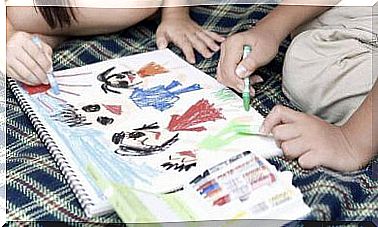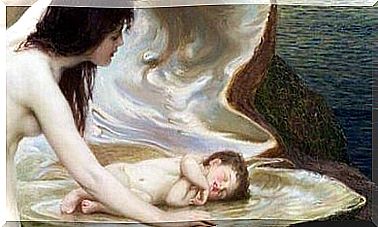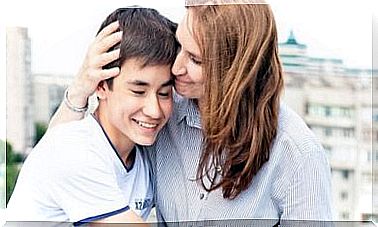Pestalozzi’s Pedagogical Thought – Being Parents

Pestalozzi’s pedagogical thought is considered a benchmark in modern popular pedagogy. Born in Zurich on January 12, 1746, Johann Heinrich Pestalozzi was an influential pedagogue and educator. According to him, solutions to contradictions and poverty in society could be tackled with a good education.
Pestalozzi’s pedagogical thought developed within the framework of a cultural and intellectual movement developed during the 18th century, mainly in Europe. It is known as “the Illustration”. Its purpose was to demonstrate that reason and human knowledge could fight ignorance and achieve a better world. And thus inspire deep social and cultural changes, such as the French Revolution.
Pestalozzi’s pedagogical thought, his origins and his first experiences
His first experience began in 1975 on a farm near the canton of Aargau (Switzerland). We will call this farm Neuhof (Big Farm). There, poor and orphaned children were taught to work with cotton thread and fabric in a context very marked by the economic and social crisis in Europe.
Pestalozzi declared his Neuhof experience over when he admitted his mistake in mixing childhood with the world of work. He then devoted himself to the literary world under the influence of ideas specific to the Illustration movement. He was inspired by one of the main representatives of the movement, Jean-Jacques Rousseau, to publish one of his most important works: Léonard et Gertrude – A book for the people (1781).
Later, he settled in Stans (Switzerland), with the aim of taking care of children orphaned by war; it is there that he conceived his theory of “intuition”, then founding a school intended for the training of educators under the fundamental principles of his method.

This method is evoked in some of his following works, such as The Method of Pestalozzi (1800), Comment Gertrude instructuit ses enfants (1801), a work in which he extols the educational work of mothers, and ABC of intuition (1803) .
Finally, in 1805, in Yverdon-les-Bains (Switzerland), he created an educational institute in the boarding system for preparation for teaching. There, applied the principles of Pestalozzi which defined an innovative spirit of education. And whose success attracts students from different countries.
Central ideas of Pestalozzi’s pedagogical thought
Educational principles of his method
- Development of a scientific method for the education of children which maintains that education does not occur spontaneously, but requires outside help. This help should enable children to use their senses and their intuitive faculties to see the world. To do this, you have to proceed in a natural and intuitive way. And this by following and respecting the proper course of infantile development
- Hypothesis of the need for education in the family environment, responsibility borne by mothers. But also of the need for the education of these mothers as an instrument for improving the education of children. Pestalozzi argued in fact that they should be the first contact that should be continuous after school through the emotional bonds of children with their peers.
- Supporter of co-education, in other words, of mixed education. In addition, he envisioned the teaching of morals and religion. This had to be initiated in the family environment and then continue at school.
- Development of an education based on the acquisition of knowledge through constant interaction with the environment. Thus, Pestalozzi prioritizes practice and experience over theoretical education based only on books.
- Defense of the existence and the need for the creation of an institution for children lacking in economic resources

Didactic principles of his method
- Teaching numbers based on children’s previous knowledge and from the simplest to the most complex
- Use of concrete materials to enable children to practice the exercises, such as number charts
- Language teaching by first learning the sound of words and their union in sentences. Then, and little by little, introduction of new vocacular and simple conversations
- Language enhancement through reading and writing
- Development of children’s memory through simple explanations of objects and materials, prioritizing descriptions to work on their perception
- Introduction of children to drawing, which is a way of learning to measure and reproduce the objects presented to them. Thus, Pestalozzi maintained that the drawing allowed to exercise the movement of the hand, which established the bases of the writing.
- Physical education work with an impact on physical resistance
Final considerations
Like the other great pedagogues and thinkers of his time, Pestalozzi developed a pedagogical thought which represented a great advance in the conception of childhood. He considered that childhood corresponded to a stage of one’s own identity where the child is not a passive subject who must acquire knowledge.
Pestalozzi has helped to reinforce the idea that it is children, thanks to the mediation of adults, who should be able to discover the world on their own. And so learn to think it.








